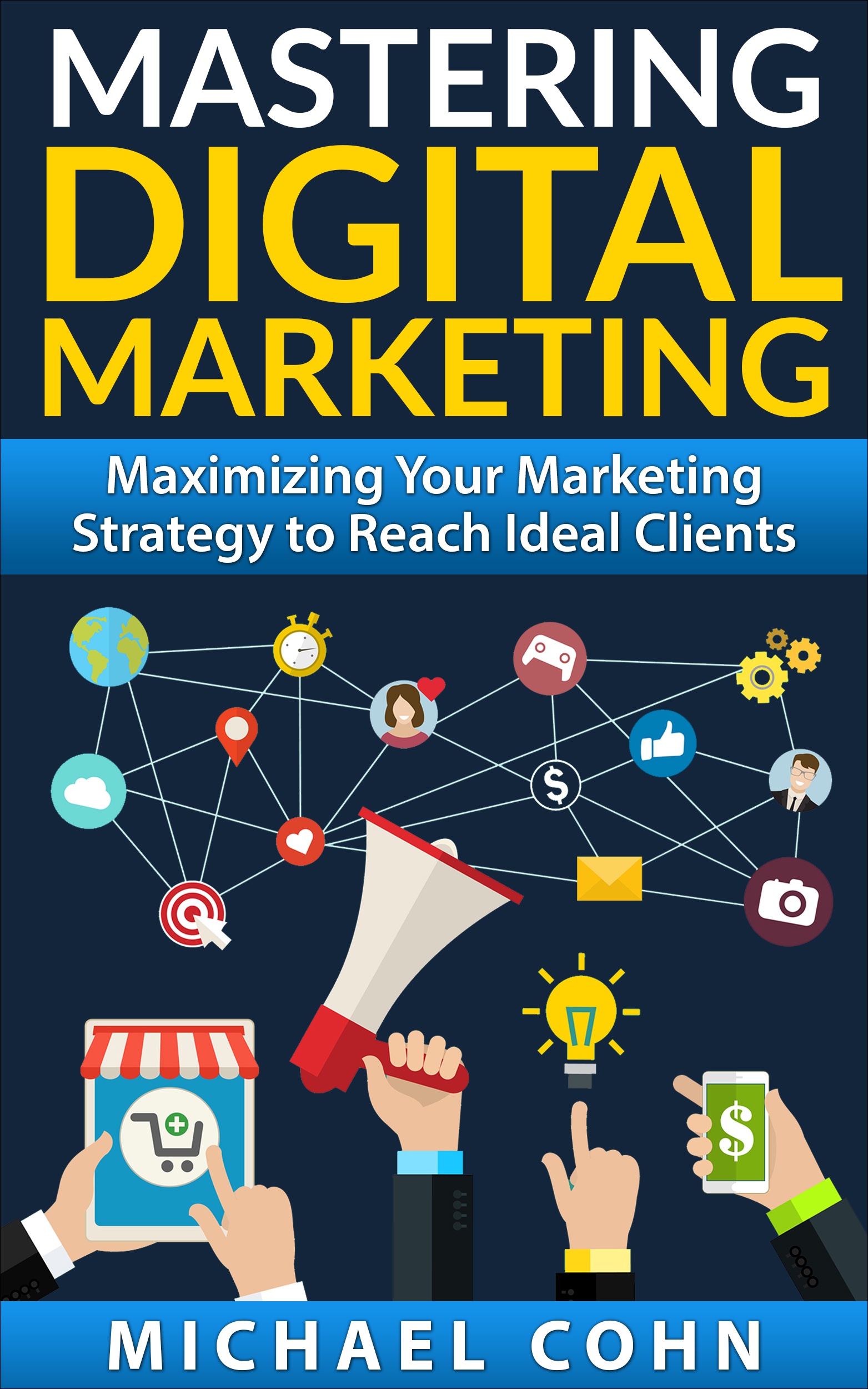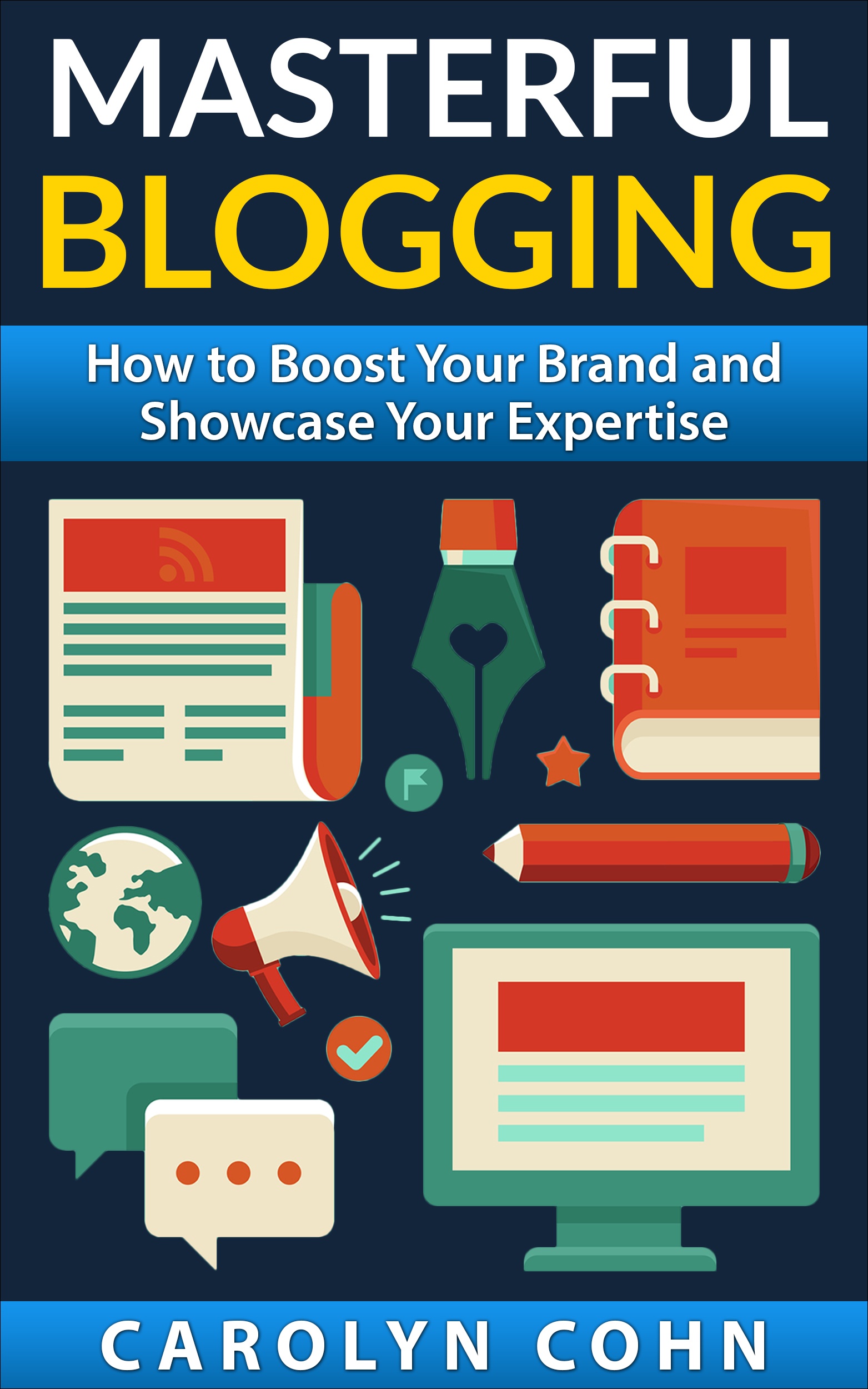RSS Feeds for Your Blog – Long or Truncated

Your blog is extremely important to you and the Real Simple Search (RSS) feed is a critical part of the success of your blog. All blogs come with an RSS feed for your readers and you can choose truncated or full.
The simpler you make it for your readers to receive your content the more successful your blog will be. And, of course, your main objective when it comes to your blog is to get large numbers of people to subscribe to your blog and to keep coming back for more. The more the better. There are several possible ways that you can go when it comes to search options that you can offer your readers so that they receive your content easily and quickly. In addition to those options, you should determine whether it makes more sense for your blog to use full or truncated RSS feeds. Full RSS feeds means that you have the entrire article at your disposal. Truncated RSS feeds are abbreviated and you need to take an extra step to access the article. There are several advantages and disadvantages to both.
Using long RSS feeds
Many bloggers choose this option. The main reason that this is a good option is because you are always guaranteed to be able to read the full article that is being offered. Just like it is with anything; however, full RSS feeds have positives and negatives that you will want to consider before you decide whether full or truncated makes more sense for you and your business.
The positives
The ability to preview: When people first visit your blog, they don’t know anything about you or what you are offering. Most people would choose to preview your content. They will know in the first three seconds whether they are interested enough to continue. They preview your content by going through your RSS feed archives. If you are offering the full RSS feed, they can get a really good sense of what you are saying and that will most likely encourage them to read on.
Syndicating: As a blogger, you want your blog articles to be picked up by other social media channels, business directories, etc. If you write a blog article and don’t syndicate it, it is like opening a casino in the middle of the desert. It will just sit there and won’t provide any real value to anyone. Of course, it is extremely important to choose the channels to which you would like to syndicate carefully. You will want to target the places that have the most high-quality traffic and ones where people want to interact a great deal.
Giving your readers options: Your readers will always be able to read your full articles with this RSS feed option.
The negatives
Giving away too much too soon: With the full RSS feed, the negative might be that you are making it too easy for your readers. Because a nice amount of information is made readily available to them, they have the ability to skim and not be forced to read the full article in order to get the full gist of what you are saying. They don’t really have to make any sort of commitment or do any work.
Scraping your content: One of the issues with all RSS feeds is that other blogs can scrape (or take) your content and put it on their blogs. Even though you can put an attribution line at the end of the article, the article can still appear in its entirety in many other places.
Using truncated RSS feeds
Now that the positives and negatives of full RSS feeds have been discussed, let’s look at the positives and negatives of truncated RSS feeds. There are some basic differences and some not-so-obvious ones.
The positives
Holding your readers’ attention: Humans have an extremely short attention span when it comes to reading blog articles. That is precisely why they really like to be able to skim content and get enough of an idea of what the content is all about. If they determine from the skimming that your content is relevant to them and that they find value in it, they will go further. Remember, they will be able to determine that in the first few seconds of skimming.
Lots of traffic: This one is pretty obvious. Full RSS feeds will bring you lots of traffic. It gets people to click on the main article. This increases your number of unique visitors and grows your traffic base.
Blogging from mobile devices: Some mobile devices automatically truncate; however, some don’t. A truncated RSS feed makes it much easier for people who are using a mobile device to skim.
Earning potential: Truncated RSS feeds give you the potential to bring in more revenue to your business because they force your readers to make more effort to read your content.
The negatives
The ability to write: There is a definite art to writing teaser copy. If you are only offering a snippet of content in order entice your readers, that copy better be really good. It must be powerful and compelling and enticing and exciting, all at the same time. It is much more difficult to accomplish this when you have a limited amount of space.
Giving your readers limitations: It is very possible that some of your readers may feel that the amount of information that they get with a truncated RSS feed is not enough for them to know whether they want to continue reading.
Limited exposure to other social media channels, etc: With truncated RSS feeds, there are some social media channels, directories, etc, that may not accept your content because they just don’t allow excerpts. Full RSS feeds have a better chance of being accepted.
Misunderstandings: At times, when content is truncated, the meaning can appear one way but when the full content is read, the meaning is something else entirely. That can prove to be frustrating for your readers at times.
Conclusion
As you have read, there are pros and cons to both the full and the truncated RSS feed. Your choice of the two options depends entirely on what you feel will work best for you. Remember that if you choose one of the options, you don’t necessarily have to stick with that. You can always try the other one.
We are pleased to provide you with the insightful comments contained herein. For a free assessment of your online presence, let's have coffee.



